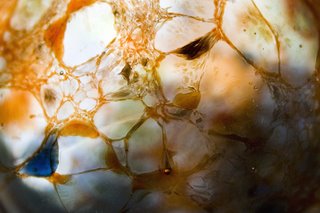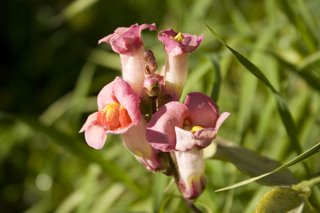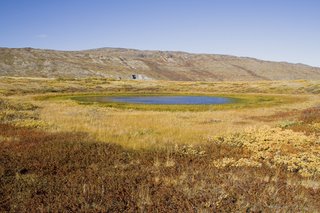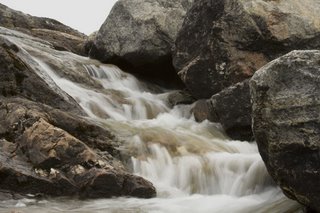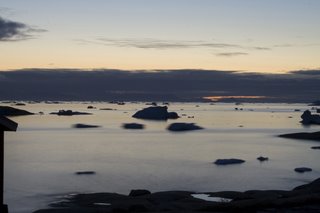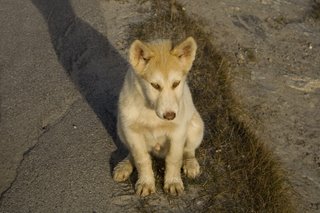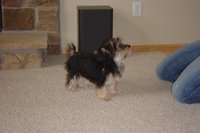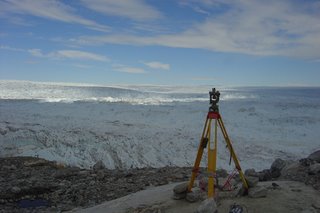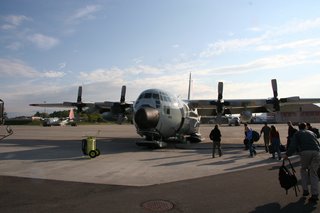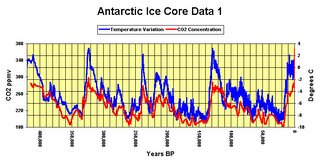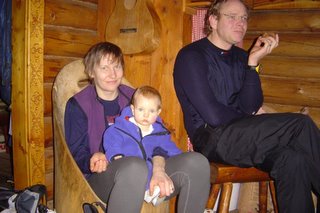The plan for my visit was that I’d arrive in Wellington (on the north island), spend a few days there organizing gear, squeeze in a trip to Mt. Ruapehu to help set up a weather station, and then head to the south island with Andrew Mackintosh (professor) and Tom Paulin (M.S. student), where we would meet up with Brian Anderson (post-doc). The weather didn’t cooperate and we had to cancel the trip to Ruapehu, which was maybe for the better since we were quite pushed for time anyway. More unfortunately, though, was that Andrew had to change his plans at the last minute and was no longer able to join us in the field.
This now meant that I was going to be the primary driver since Tom doesn’t have a driver’s license. It took some getting used, but I got the hang of driving on the left side of the road after a couple of days. I got good enough at it that after returning to Fairbanks Inari had to yell at me for driving on the wrong side of the road! The only thing that gave me trouble was the craziest driving law that I’ve ever heard of: if you are turning left, you have to yield to somebody who is turning right (across traffic). Strange. So we headed south to Christchurch, “the most British city in New Zealand”, though I really didn’t think it was very British at all. We ran some errands there and met up with Brian. From there we went inland to Mt. Cook Village and our goal – Tasman Glacier.
New Zealand is a windy place. Really windy. It looked for a while like we might have to wait a week or more (because of the wind) before we could fly into our research site. We lucked out and got a flight in after just two days of waiting. And other than a couple of stormy days we had great weather in the field.
Then it was back down to Mt. Cook Village, south and then west to the “west coast”, a visit to Brian’s house (more on that later), past Punakaiki (Punakaikki would me “red everything” in Finnish) up to Nelson Lakes National Park (a bird-lover’s sanctuary and a great place to hear the “dawn chorus”), and then back to Wellington for a few days of relaxation before heading home.
4 weeks ago

